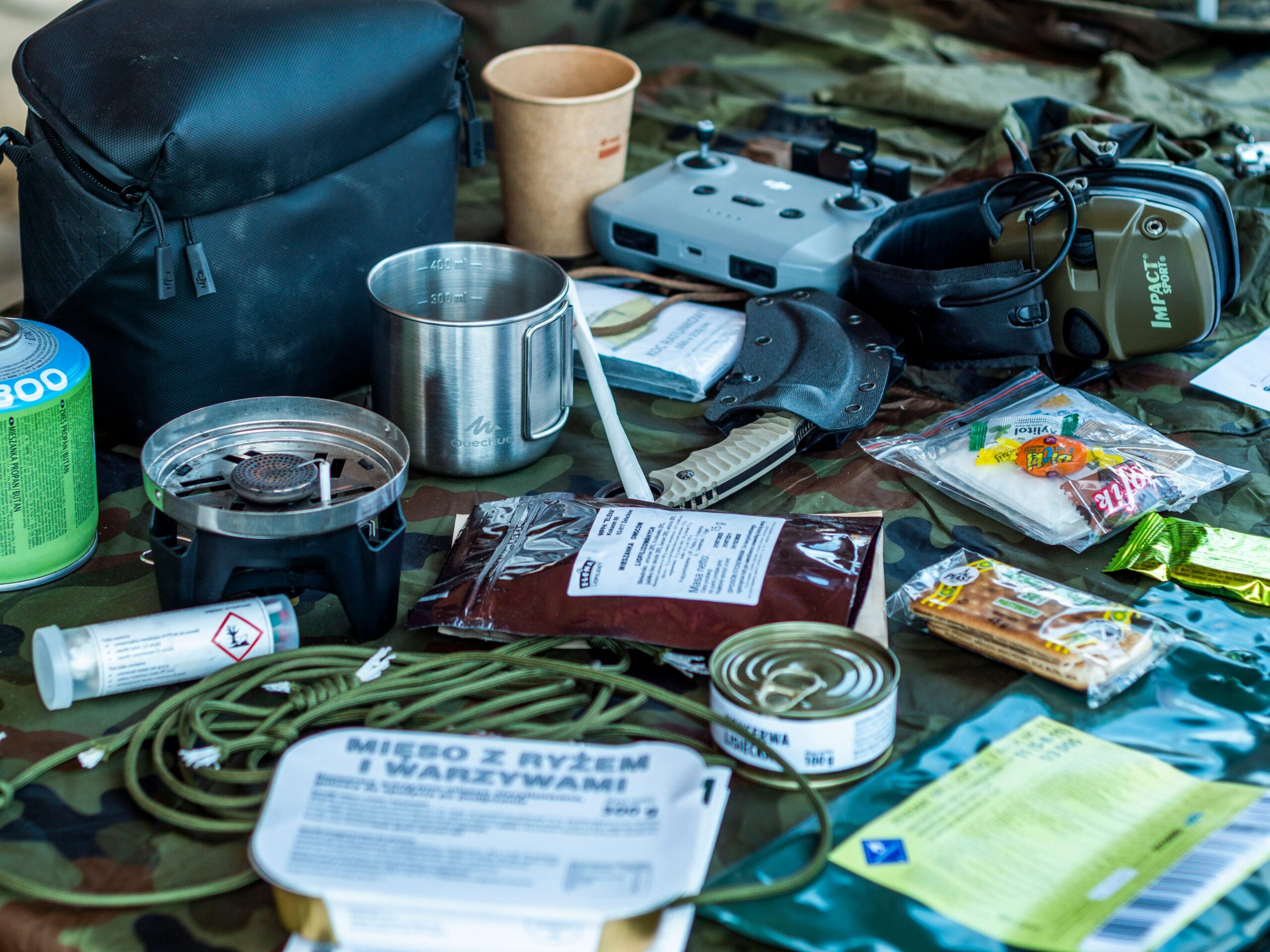When disaster strikes, having a well-thought-out emergency preparedness plan can make all the difference for your family’s safety and comfort. From sudden power outages to natural disasters, being prepared isn’t about fear—it’s about practical readiness. In this guide, we’ll walk through creating a comprehensive home emergency kit, developing a household safety plan, and ensuring your home is properly set up for various emergency scenarios. These preparations provide peace of mind and could potentially save lives when unexpected situations arise.
Understanding Emergency Preparedness Basics
Emergency preparedness begins with acknowledging that disasters can happen to anyone, anywhere. The foundation of any disaster prep home strategy is understanding the specific risks in your geographic area. Coastal residents should prepare for hurricanes or flooding, while those in the Midwest might focus on tornadoes or severe winter storms. Residents in western states often need to consider wildfire preparation. By identifying potential threats specific to your location, you can tailor your emergency preparedness plan to address the most likely scenarios you might face. This targeted approach ensures you’re not wasting resources preparing for unlikely events while remaining vulnerable to probable ones.
Local emergency management offices typically provide region-specific guidance, and community resources like AskHomey can connect homeowners with professionals who understand local emergency considerations. Remember that preparation isn’t a one-time task but an ongoing process that requires periodic review and updates as your family circumstances and local risk factors change.
Building Your Home Emergency Kit
The cornerstone of emergency readiness is a well-stocked home emergency kit. This collection of essential supplies should sustain your household for at least 72 hours without external assistance. Water is your most critical resource—store one gallon per person per day. Non-perishable food that requires minimal preparation comes next, focusing on nutritious, easy-to-store items like canned goods, dried fruits, and protein bars. Don’t forget special dietary needs for family members with restrictions or medical conditions.
Beyond food and water, your kit should include a battery-powered or hand-crank radio to receive emergency broadcasts, flashlights with extra batteries, a first aid kit with basic medical supplies, and any prescription medications your family requires. Personal hygiene items such as hand sanitizer, moist towelettes, and toilet paper are often overlooked but essential for comfort and health during extended emergencies. Additional useful items include multi-purpose tools, manual can openers, dust masks, plastic sheeting, and duct tape for emergency shelter modifications.
Store these supplies in easily accessible, waterproof containers that can be quickly grabbed during an evacuation. Consider creating smaller, portable versions of your emergency kit for vehicles and workplaces to ensure coverage regardless of where family members are when emergencies occur.
Creating Your Household Safety Plan
A comprehensive household safety plan encompasses more than just supplies—it provides a framework for action during crisis situations. Begin by mapping evacuation routes from every room in your home, identifying two exit paths whenever possible. Designate meeting points both near your home and in your wider neighborhood in case family members are separated during an evacuation. For families with children, elderly relatives, or pets, assign specific responsibilities to capable household members to ensure everyone receives needed assistance.
Communication planning is equally crucial to your household safety plan. Establish how family members will contact one another if separated, recognizing that phone systems may be overwhelmed or inoperative during major emergencies. Consider designating an out-of-area contact who can serve as a central information hub, as long-distance lines often remain functional when local networks fail. Document emergency contact information, including doctors, insurance providers, and utility companies, keeping copies in your emergency kit and shared digitally with all family members.
Practice your emergency response procedures regularly through household drills. These rehearsals build muscle memory that can overcome panic reactions during actual emergencies and help identify weaknesses in your plan before real crises occur.
Maintaining Your Emergency Preparedness Systems
The effectiveness of any disaster prep home strategy depends on regular maintenance. Food and water supplies should be rotated every six months, with expiration dates carefully monitored. Batteries should be checked quarterly and replaced as needed. Seasonal considerations may require adjustments to your home emergency kit—adding cold-weather gear in fall or additional water supplies before summer heat waves.
Schedule biannual reviews of your household safety plan, updating contact information, meeting locations, and evacuation routes as needed. These reviews should coincide with checking smoke detectors, carbon monoxide alarms, and fire extinguishers to ensure all safety equipment remains functional. As children grow or elderly family members’ mobility changes, responsibilities within your emergency plan may need reassignment to match current capabilities.
Remember that emergency preparedness extends to your home’s infrastructure as well. Annual inspections of your roof, gutters, foundation, and trees can identify potential hazards before they become emergency situations during severe weather events. Proper maintenance of these structural elements forms an important part of your overall emergency readiness strategy.
For more tips and to connect with reliable home service professionals, follow AskHomey on Facebook and Instagram.



